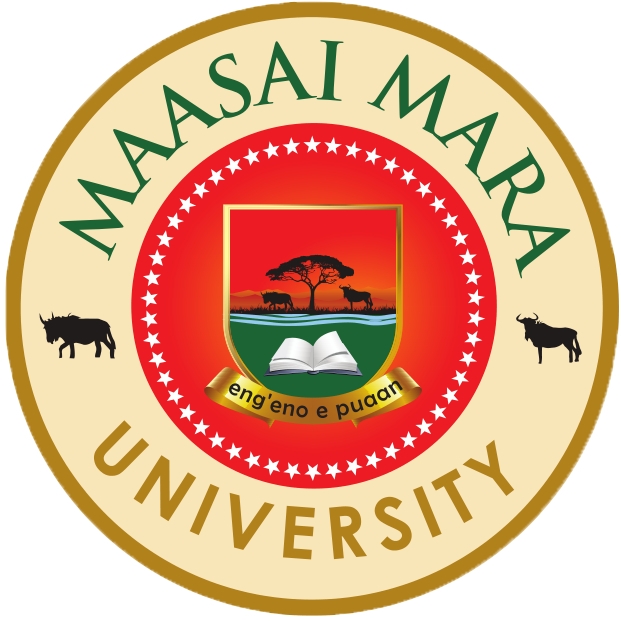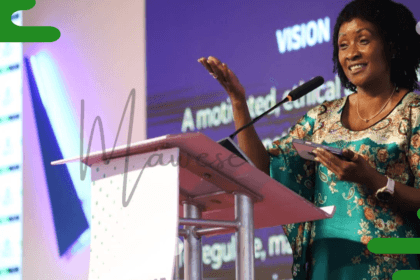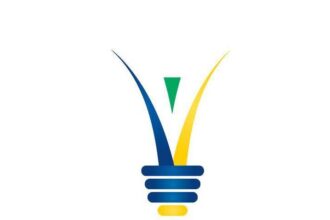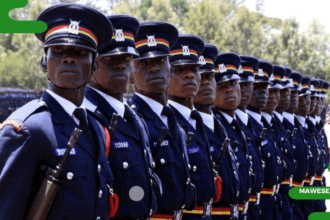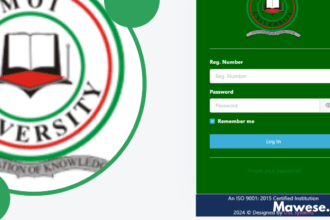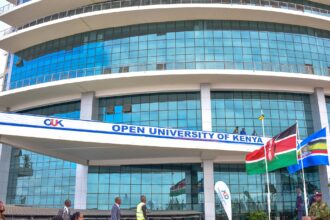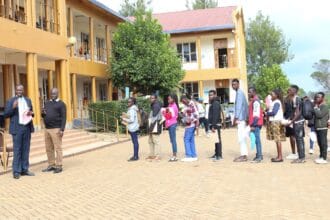Maasai Mara is one of the public universities in Kenya ranking number 42 out of all the universities in Kenya as per EduRank Univerity Rankings of 2025. For those looking to Join the Maasai Mara University, as much as it is essential to get to know the courses offered by the university, it is also essential that you get to know their respective fee structures. Well, the university itself has quite a number of courses from the Certificates and Diploma. Undergraduate, Master, and PhD levels all have different fee structures. In this article, you will get to Know the Maasai Mara Univerity fee structure updated for the 2024/2025 Academic year.
The Maasai Mara University is located in Narok County. It was established in 2008 as Narok University College but officially received its charter from the Kenyan government in 2013.
Maasai Mara University (MMU) Fee Structure for Government-Sponsored Students
When Maasai Mara admits you as a government-sponsored student, it means that you had previously applied to join the institution using the KUCCPS portal and that you were successfully placed to study of program of study. This also means that the amount you will be paying for that particular program will be much cheaper as compared to students who have joined the university by making direct applications.
Government-sponsored students at Maasai Mara University have a much lower fee structure because of Kenya government subsidies, especially with the introduction of the Higher Education Funding (HEF) model in 2023. Under this model, the achievement has categorized students into 5 Bands depending on their needs, and the government provides a certain percentage of the fee as provided by the university while leaving out the rest of the remaining percentage for you to cover upon application.
| Band | Student Category | Government Scholarship | Government Loan (HELB or HEF) | Family Contribution |
|---|---|---|---|---|
| 1 | Extremely needy, vulnerable, orphans, disabled, social protection beneficiaries | 70% | 25% | 5% |
| 2 | Low-income students (families struggling to meet basic needs) | 60% | 30% | 10% |
| 3 | Modest income families (Ksh 23,670 – Ksh 70,000) | 50% | 30% | 20% |
| 4 | Middle-income families (Ksh 70,000 – Ksh 120,000) | 40% | 30% | 30% |
| 5 | High-income families (more than Ksh 120,000) | 0% | 30% | 40% |
For the 2024/2025 academic year, before the government covers anything, below are various fee structures:
FEES-STRUCTURE-2023Maasai Mara University (MMU) Self-Sponsored Students
Self-sponsored students are a category of students who have applied to join the Maasai Mara Univerisity via its official admission portal. Usually, this category of students pays higher fees as compared to students who have Joined the university via the KUCCPS portal. Their fee structure is attached in the PDF below:
Revised_fee_structureHow To Pay Maasai Mara University Fees
School fee payment for the Maasai Mara University is not done via Bank accounts or using an M-Pesa pay bill, but it is done through the eCitizen platform. The university itself has made it easier for its students to pay for their course fees by using the Jiunge app. Here is how:
- Install the Jiunge app from your mobile app store
- Create an account using your email address and complete the verification
- Navigate to the services section and search for Maasai Mara University.
- Select the university and choose the School Fees payment option
- Enter the required amount based on your fee statement
- Choose M-Pesa as your payment method
- Provide your phone number and confirm the transaction details
- Respond to the M-Pesa prompt on your phone by entering your PIN
- Save your digital receipt as proof of payment
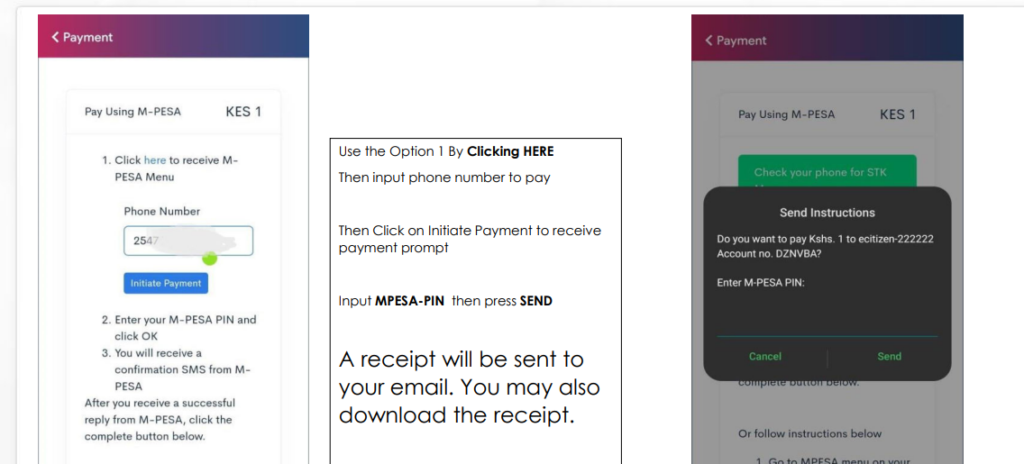
We hope the article has helped you understand how much Maasai Mara School fees for 2025 are. We have done our best to fetch the latest fee structures, as seen from the PDFs attached to the article. Before making your payments, we encourage you to confirm on your Maasai Mara Student portal, as you will find a more updated Fee structure for your particular study area.


